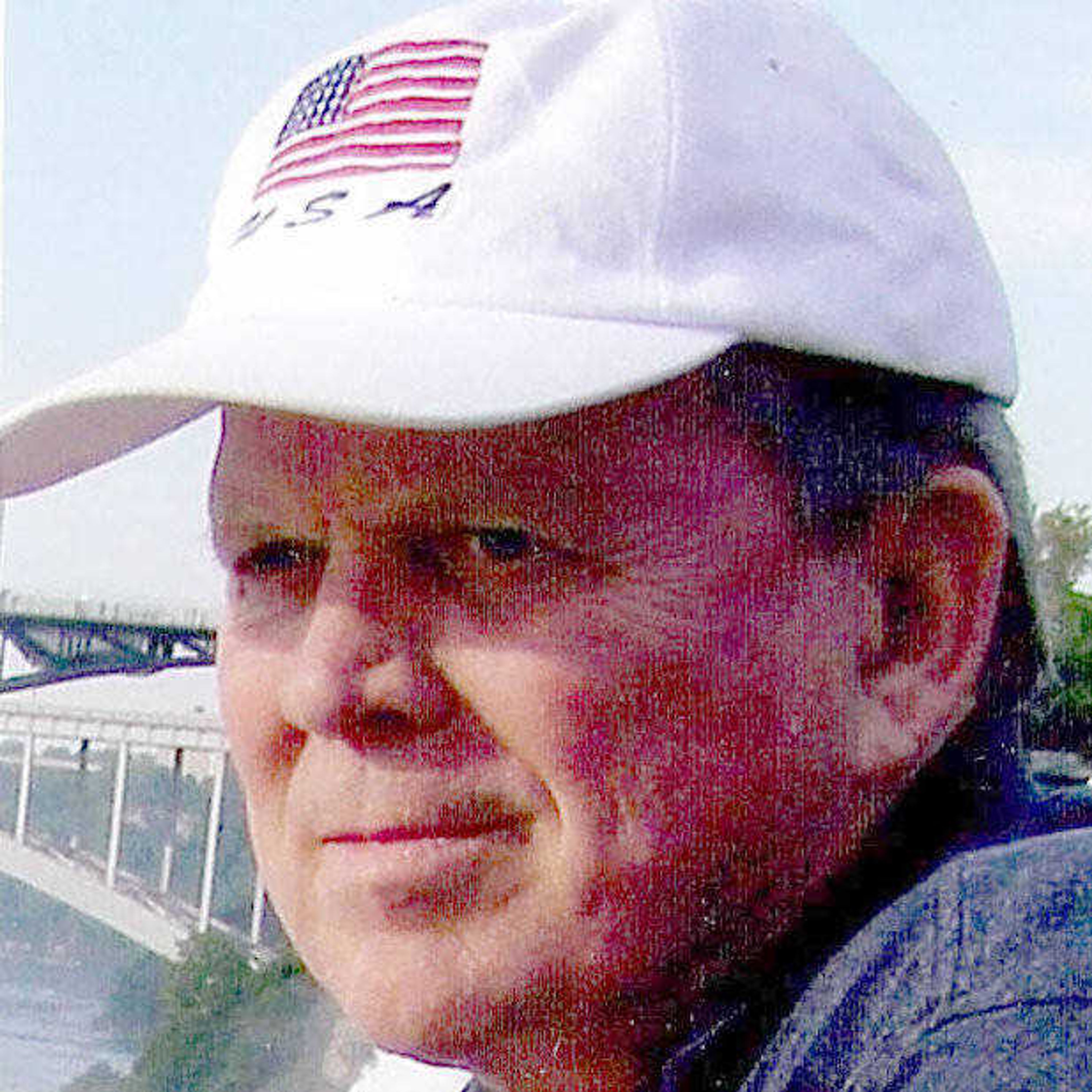Dec. 7, 1941: 'A day that will live in infamy'
As President Franklin Delano Roosevelt prepared to address Congress, few knew just how desperate our military situation was and how vulnerable our west coast was to attack. He opened his address with these words: "Yesterday, Dec. 7, 1941 -- a day that will live in infamy, the United States of America was suddenly and deliberately attacked by the naval and air forces of the Empire of Japan."...
By Mark Hopkins
As President Franklin Delano Roosevelt prepared to address Congress, few knew just how desperate our military situation was and how vulnerable our west coast was to attack. He opened his address with these words:
"Yesterday, Dec. 7, 1941 -- a day that will live in infamy, the United States of America was suddenly and deliberately attacked by the naval and air forces of the Empire of Japan."
History tells us the attack sank four U.S. Navy battleships and three cruisers and damaged four battleships, three destroyers and one minelayer, destroyed 188 aircraft and caused personnel losses of 2,402 killed and 1,282 wounded.
"The United States was at peace with that nation and was still in conversation with its government looking toward the maintenance of peace in the Pacific," Roosevelt said.
The strike was intended to neutralize the U.S. Pacific fleet and protect Japan's advance into Malaya and the Dutch East Indies, where Japan sought access to oil and rubber.
"Yesterday Japan launched an attack against Malaya, Hong Kong, Guam, The Philippines, Midway and Wake Island. Our people, our territory and our interests are in grave danger," Roosevelt continued.
The U.S. Pacific Fleet was, indeed, neutralized. It would be three years before the U.S. Navy could mount an attack on Japanese forces in the Pacific. In the meantime, Japan conquered all of China, Southeast Asia, The Philippines and was threatening Australia. During this time it was a usual happening for Japanese ships of war to sail up to our west coast and fire shells into our coastal cities. The gun placements that were built to protect us can still be seen in several locations, including just beyond the Golden Gate Bridge in San Francisco Bay.
Not long ago I visited Hawaii and saw the bay where we lost so many ships, planes, men and women. My guide for the day was my brother, a career naval officer. He and I took NROTC in college, getting ready for service in the Navy. He made it through and I didn't. A physical malady kept me out.
One stop we made on that tour was to the Arizona Memorial in Pearl Harbor. There we watched the bubbles of oil come up to the surface from the hull of the battleship, as had been so for more than 70 years. It was as if someone below was signaling they were still there and ready to be rescued. Unfortunately, those men who were entombed below and those on the other ships sunk that fateful day on Dec. 7, 1941, would not be rescued and would not see their families again.
In his 23 years in the Navy, my brother sailed on all seven seas and handled amphibious landings in Vietnam during the height of that war. He watched bullet-ridden helicopters touching down on deck with arms and legs of the dead and wounded hanging out the doorways. He could place a value on those lives that could not be understood by those who had not stood in jeopardy, willing to give the most valuable thing they had to give, their lives. Thankfully, my brother did not lose his life fighting our nation's wars. He could be there to tell me and others why "war is hell" and that our country should avoid it except as a very last resort.
Pearl Harbor is one of our country's greatest tragedies, but also is a symbol of our finest hour. It was there that we met a fierce enemy and, facing the real possibility of defeat, forged a resolution in our minds to never again be caught unprepared. We also resolved that the sacrifice of those who stood in our place, who fought for our country and our way of life, would be forever revered. We shall never forget Pearl Harbor, nor those who lost their lives there in our defense.
Connect with the Southeast Missourian Newsroom:
For corrections to this story or other insights for the editor, click here. To submit a letter to the editor, click here. To learn about the Southeast Missourian’s AI Policy, click here.










